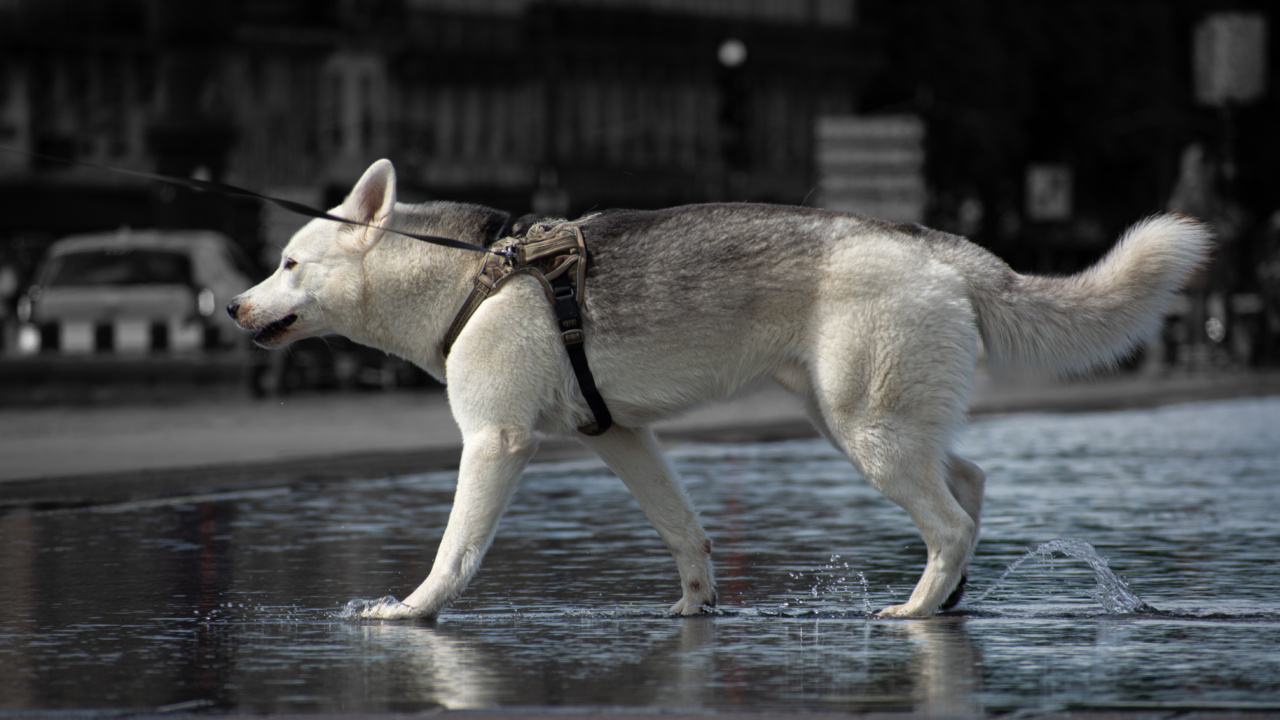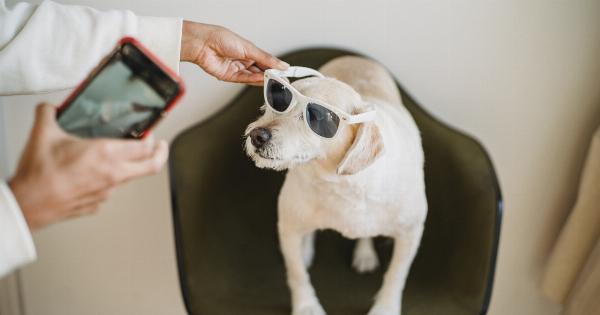Walking your dog is an essential part of responsible pet ownership. It provides exercise, mental stimulation, and a chance for your furry friend to socialize with other dogs and people.
However, walking your dog isn’t just about putting on a leash and heading out the door. To ensure a safe and enjoyable experience for both you and your dog, it’s important to master the art of walking your dog. In this article, we’ll provide you with valuable tips and insights to help you become a pro dog walker.
Understanding Your Dog’s Needs
Before you embark on any walking adventure, it’s crucial to understand your dog’s unique needs and preferences. Dogs come in different breeds, sizes, and temperaments, and each may have different exercise requirements.
Some dogs, like high-energy breeds, may require more frequent and intense walks, while others may prefer a leisurely stroll. Take the time to assess your dog’s specific needs and tailor your walking routine accordingly.
Choosing the Right Equipment
The right equipment can make a world of difference in your dog walking experience. Start with a well-fitting collar or harness. Collars are suitable for most dogs, but if your dog tends to pull or has respiratory issues, a harness may be a better option.
Additionally, consider investing in a good-quality leash that provides you with control without compromising your dog’s comfort. Retractable leashes can be convenient, but they may not offer sufficient control in certain situations.
Basic Obedience Training
Walking your dog becomes much easier when they have a grasp of basic obedience commands.
Teach your dog commands such as “heel,” “stop,” and “leave it” to ensure they walk politely by your side, stop when needed, and refrain from picking up harmful objects. Consistency and positive reinforcement are key to effective training. If you’re struggling with training, consider enrolling your dog in a obedience class or hiring a professional trainer.
Socializing Your Dog
A well-socialized dog is a joy to walk. Introduce your dog to different environments, people, and dogs to help them develop good manners and confidence. Start with controlled interactions in a safe space and gradually expose them to various situations.
Dog parks, obedience classes, and group walks can provide excellent opportunities for socialization. When introducing your dog to new dogs, always ask for consent from the other owner and monitor the interaction closely.
Promoting Good Behavior During Walks
Dogs can get easily excited during walks, which may lead to pulling, lunging, or excessive barking. To promote good behavior, you can employ various techniques.
Firstly, avoid tense or anxious energy as dogs are highly receptive to their owner’s emotions. Secondly, use positive reinforcement techniques such as treats, praise, and play to reward your dog for calm and focused behavior. Lastly, consider using tools like treats pouches or clickers to help reinforce positive behavior.
Establishing Walking Etiquette
Good walking etiquette is crucial for the safety and well-being of your dog as well as the people and animals around you. Always keep your dog on a leash unless you’re in a designated off-leash area.
This helps prevent accidents, keeps your dog from running off, and shows respect for others. Additionally, be mindful of your surroundings. Clean up after your dog, avoid letting them approach unfamiliar dogs or people without consent, and yield the right-of-way to others on the sidewalk or trail.
Dealing with Common Challenges
Walking your dog may present some challenges along the way. For instance, if your dog tends to pull, consider using a front-clip harness or employing techniques like stopping and changing direction whenever they pull.
If your dog gets overly excited or reactive when seeing other dogs, consider seeking the help of a professional dog trainer or behaviorist to work on their impulse control and socialization skills. Understanding and addressing these challenges can greatly improve your walking experience.
Keeping Your Dog Safe
Safety should always be a top priority during walks. Ensure your dog has proper identification in the form of a collar with tags or a microchip. This way, if your dog ever gets lost, they can be easily identified and reunited with you.
Additionally, be cautious of extreme weather conditions. Dogs are susceptible to overheating or frostbite, so adjust your walking routine accordingly. Finally, be aware of potential hazards such as toxic plants or substances and busy roads, and steer clear of them during walks.
Making Walks Fun and Engaging
Walking your dog doesn’t have to be a mundane activity. Get creative and make it fun and engaging for both you and your furry companion. Explore different routes or parks to keep things interesting.
Consider using puzzle toys or treats-dispensing toys to mentally stimulate your dog during the walk. Incorporate training exercises like “sit,” “stay,” or “touch” to provide mental challenges. Remember, a walk should be an enjoyable experience for both you and your dog.
Knowing When to Seek Professional Help
While mastering the art of walking your dog is an attainable goal for most pet owners, some circumstances may require professional assistance.
If you’re struggling with leash reactivity, fear-based behavior, or persistent pulling, seeking the help of a professional dog trainer or behaviorist is highly recommended. They can evaluate your dog’s specific situation and provide you with the necessary guidance and techniques to overcome these challenges.
Conclusion
Walking your dog is more than just a basic necessity; it’s an opportunity for exercise, bonding, and learning.
By understanding your dog’s needs, investing in the right equipment, promoting good behavior, and prioritizing safety, you can master the art of walking your dog. Embrace the journey, and enjoy the countless adventures that await you and your four-legged friend.


























